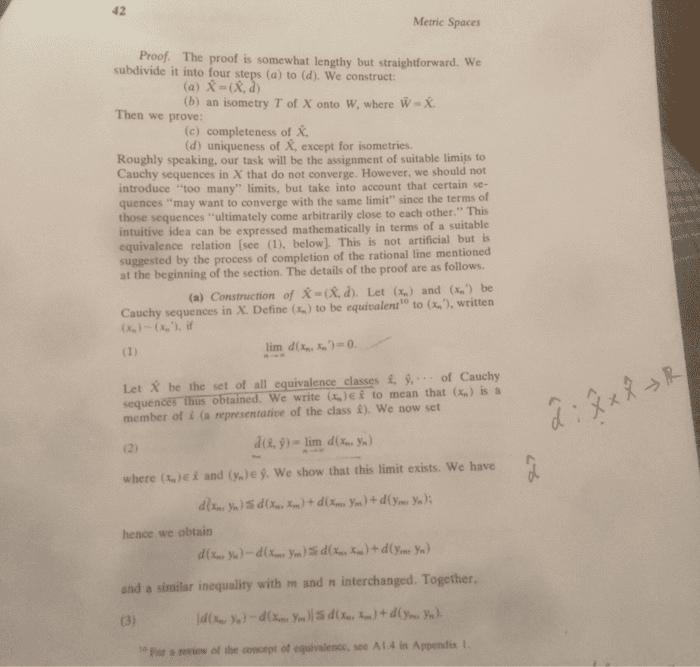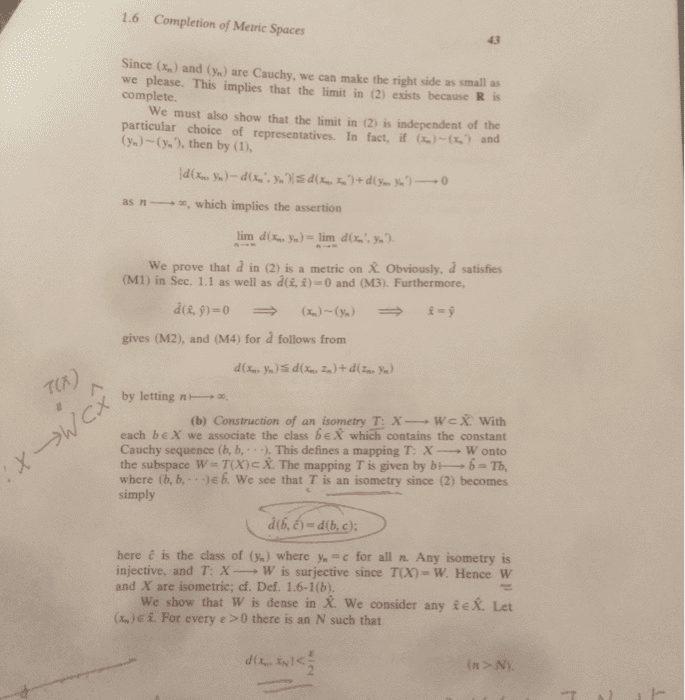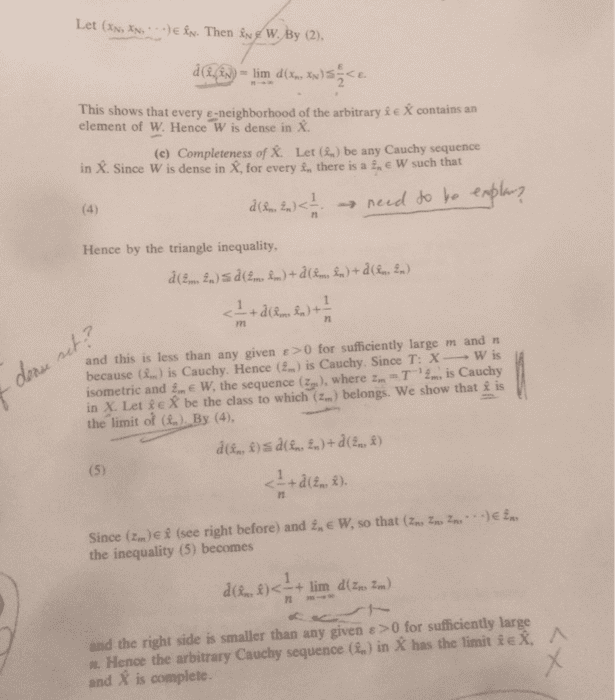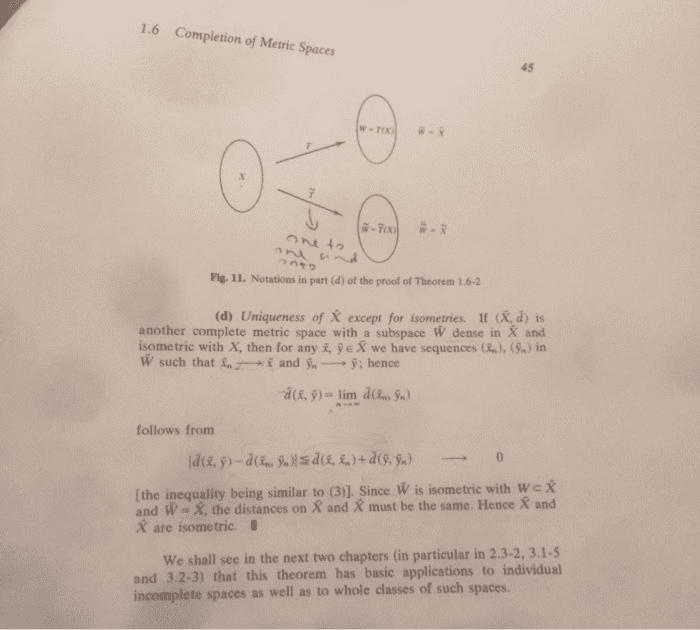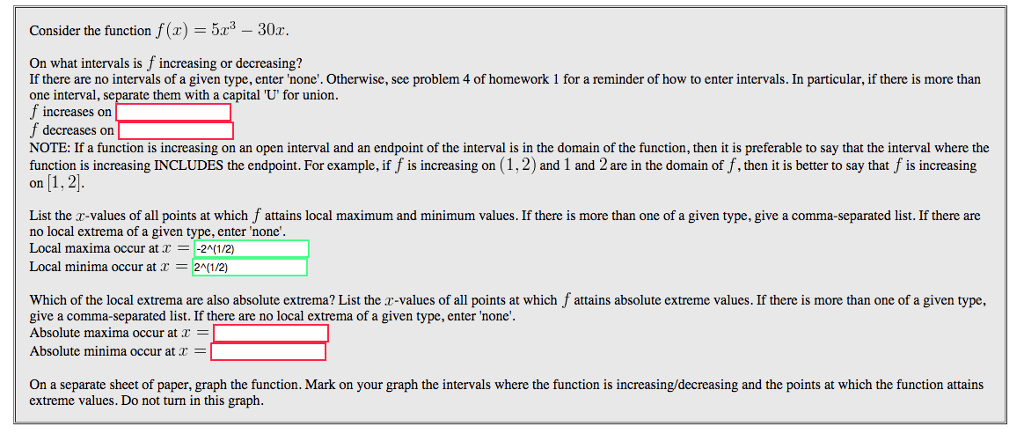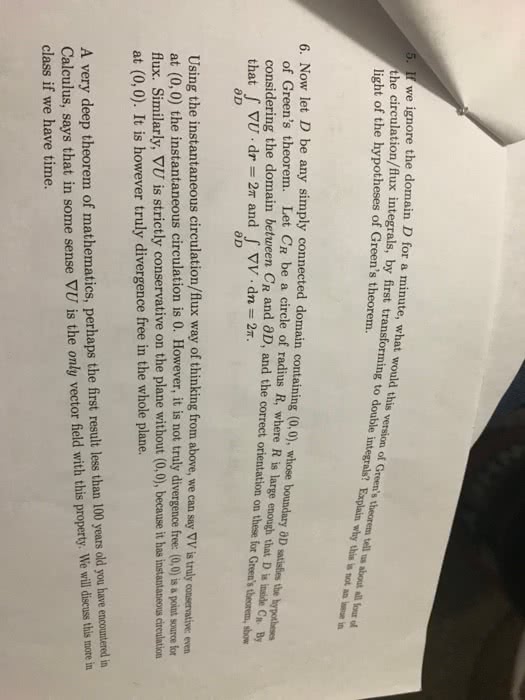MTH1030 Study Guide - Final Guide: Sequence, Repeating Decimal, Direct Comparison Test

Note that an increasing sequence is automatically bounded from below by its first element.
Therefore to show that an increasing sequence is bounded it suffices to find an upper bound,
that is, a number that is greater than all elements of the sequence. Similarly, to show that
a decreasing sequence is bounded it suffices to find a lower bound.
Theorem 2.1.5 (Bounded monotonic sequences) Every bounded monotonic infinite se-
quence converges, that is, has a finite limit.
This theorem is about the existence of a limit but does not specify how to find it. However,
it’s not hard to see what this limit will be. Let’s say we are dealing with an increasing
sequence that is bounded above, that is, there is a number Mthat is greater than all
elements of the sequence. If the sequence is eventually constant, that is, all elements of the
sequence are equal to a certain number from some point onward, then this number is the
limit of the sequence. Let’s say our increasing sequence is not of this type. This means
that the elements of the sequence are getting bigger and bigger. Then the limit is just the
minimum of all the upper bounds of the sequence.
For example, the sequence
1,1
2,1
3,1
4,...
is an increasing sequence. It has lots of upper bounds: 0, 5, 13, 1000, and so on. In fact all
the positive real numbers are upper bounds. However, the minimum of these upper bounds
is 0, which is also the limit of our sequence.
Intuitively the existence of a minimum of upper bounds is fairly obvious. However, the
existence of this minimum is something very subtle and requires that the real numbers are
complete,thatis,havenoholes. Infact,acommonwayofconstructingtherealnumbers
from scratch uses this sort of completeness as one of its axioms.
Let’s consider the following infinite sequence:
0,0.2,0.23,0.235,0.2357,0.235711,0.23571113,···.
So, you make larger and larger decimal numbers by attaching subsequent primes. Obviously,
this sequence has an upper bound.3This means that by the last theorem this sequence has
a limit. In fact, this limit can be seen to be an irrational number since the decimal number
it corresponds to does not have a repeating tail.
Let’s ponder the following sequence of numbers.
p6,q6+p6,r6+q6+p6,s6+r6+q6+p6,···
3The choice of the upper bound does not matter. We could as well have chosen 25 or 666.
21

To turn the nth element of this sequence into the (n+ 1)st element we add 6 and find the
square root of the new number, that is, an+1 =p6+an. This implies that if this sequence
has a limit L,thenp6+L=L. Solving this equation gives that the only candidates for L
are 2 and 3. Obviously 2 is not possible. So we are aiming for 3.
If we turn the first couple of elements of our sequence into decimal numbers using a calculator
we get, 2.4494..., 2.906..., 2.984..., etc. So, 3 seems like a good candidate for a limit. In fact,
our numerical experiment suggests that we are dealing with an increasing sequence. This
means that to show that 3 is really the limit it suffices, by our last theorem, to show that
the sequence is really increasing and has 3 as an upper limit.
To show that 3 is an upper limit note that an<3 implies that an+1 =p6+an<p6+3=3.
Then since a1<3, it follows by induction that an<3 for all n.
It remains to show that it is an increasing sequence. But
(an+1)2(an)2=(6+an)(an)2=(2+an)(3 an)>0
because an<3. Because all terms of the sequence are positive, it therefore follows that
an+1 >a
nfor all n=1, as desired.
The last two examples are really about making sense of the infinite expressions
0.23571113...
and
···+s6+r6+q6+p6.
What you do is to interpret an expression like this as an infinite sequence. If this sequence
has a limit, then we say that the infinite expression as a number is equal to this limit.
Other examples that can be dealt with in a similar fashion are
r2q2p2p2···,
1+
3+ 1+ 3+···
2+···
3+ 1+···
3+···
2+ 2+ 2+···
1+···
1+ 3+···
2+···
and the intriguing identity
rq+pqq+ppq+ppq+···=p+q
p+q
p+q
p+···
22
This also introduces us to our next topic.
2.2 Infinite series
Definition 2.2.1 An infinite series is an expression of the form
1
X
n=1
an=a1+a2+a3+···+an+···
where {an}is an infinite sequence of real numbers. The number anis called the nth term
of the series. Note that sometimes, when it is more convenient, we’ll start the summation
not at n=1but instead at n=0or another positive integer.
As with the infinite expressions that we discussed in the previous section, we make sense of
an infinite sum by interpreting it as a sequence, the sequence of partial sums,
S1,S
2,S
3,...S
n,...,
where
S1=a1,
S2=a1+a2,
S3=a1+a2+a3,
and so on. We define the sum of an infinite series to be the limit of its sequence of partial
sums, provided that this limit exists.
Definition 2.2.2 (The sum of an infinite series) We say that the infinite series P1
n=1 an
converges (or is convergent) with sum Sprovided that the limit of its sequence of partial sums,
S=lim
n!1 Sn
exists (and is finite). Otherwise we say that the series diverges (or is divergent). If a series
diverges, then it has no sum.
In other words, the sum of an infinite series is a limit of finite sums,
S=1
X
n=1
an=lim
N!1
N
X
n=1
an,
provided that this limit exists.
23

